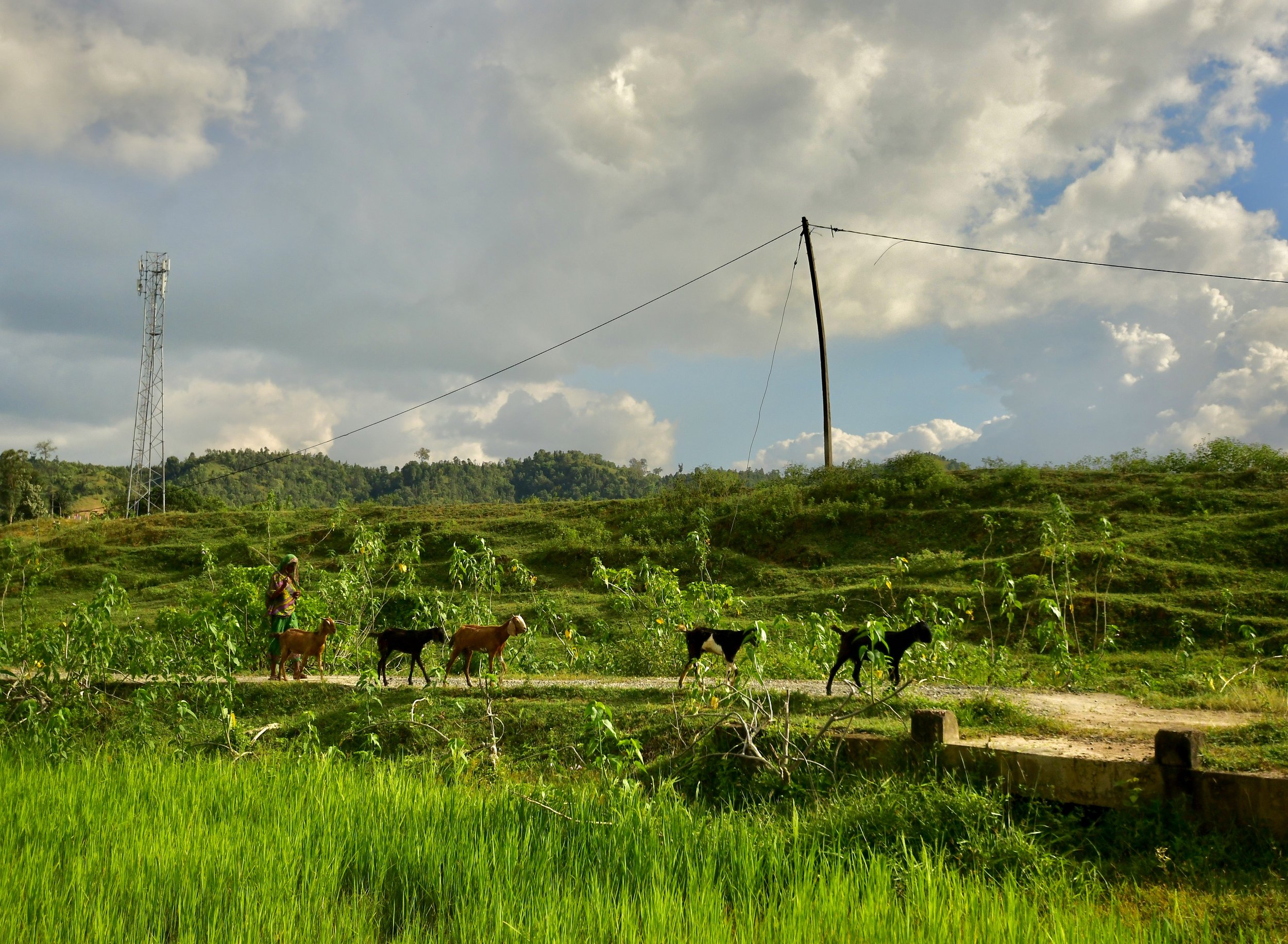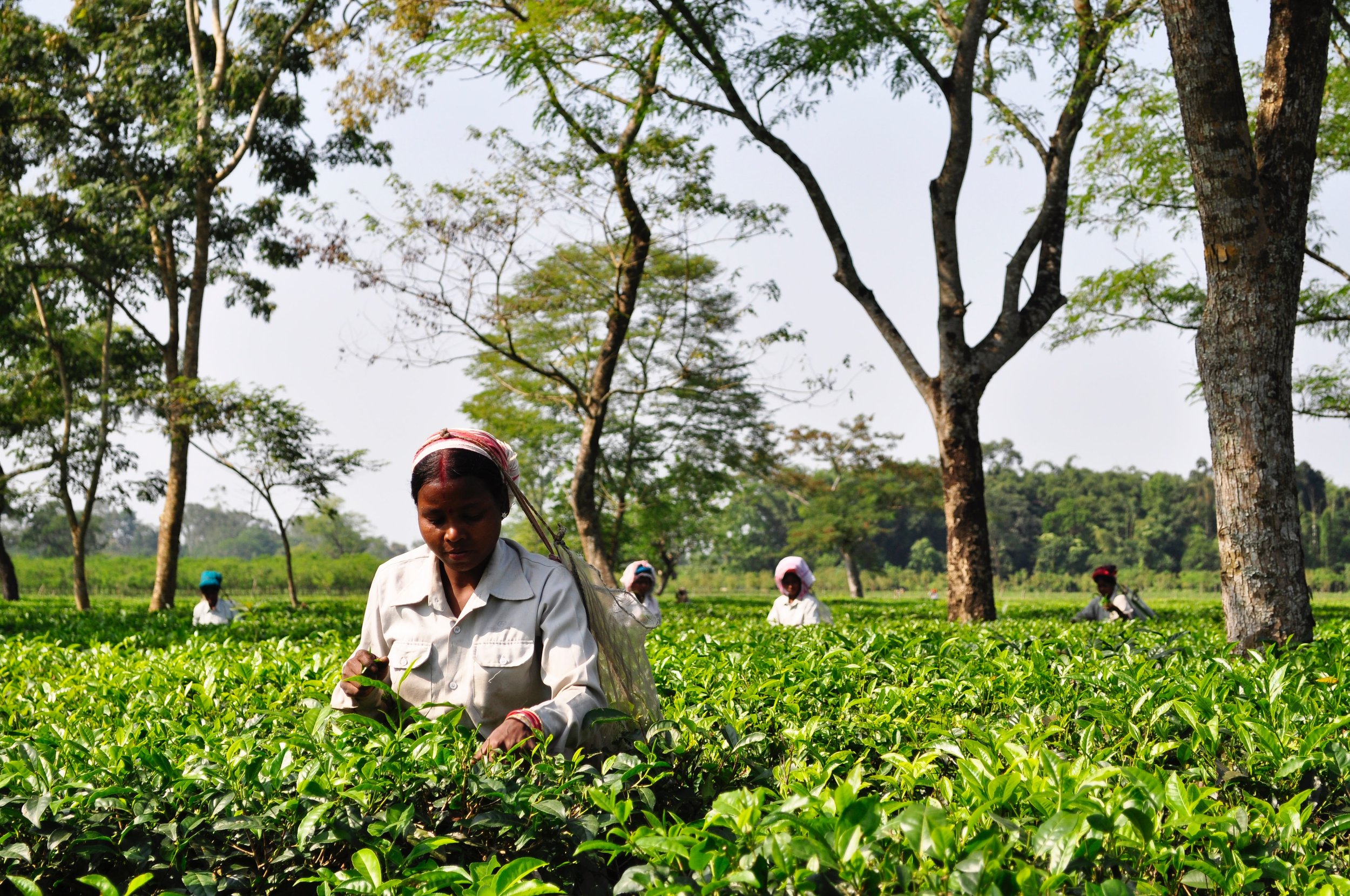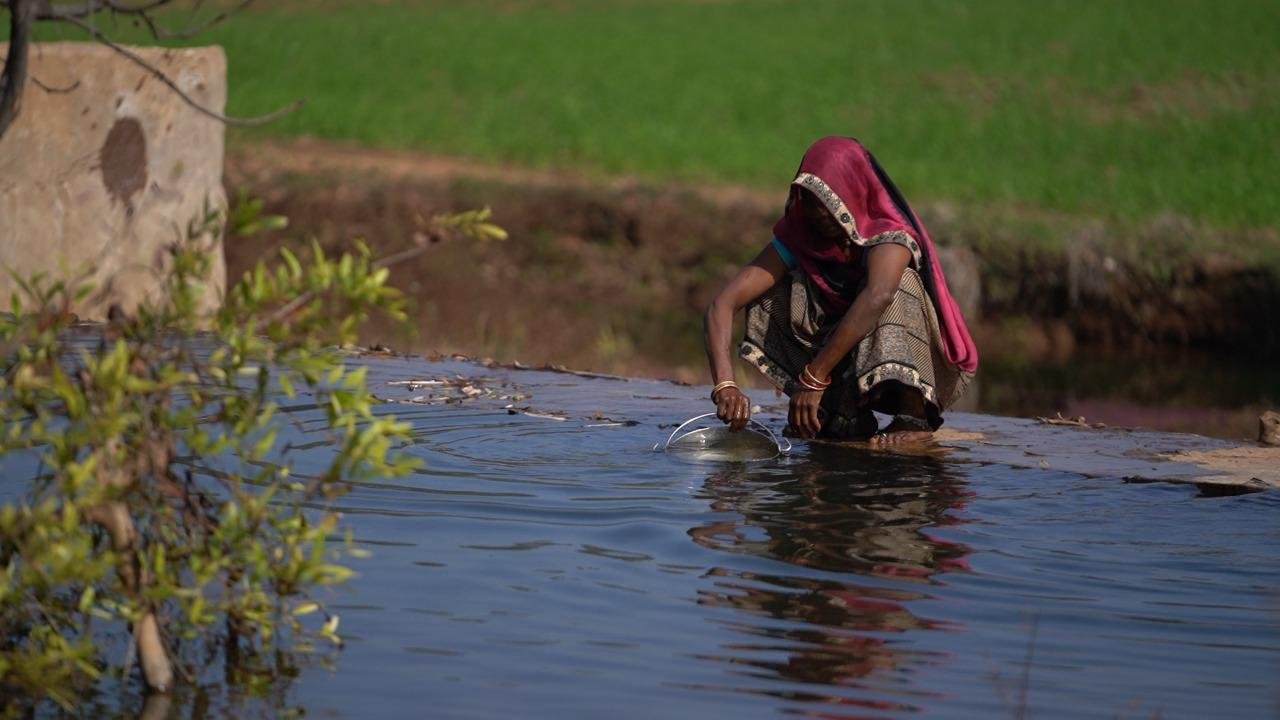
Harit Bharat Fund
Accelerating a Land Restoration-Based Economy in India for People, Nature and Climate
Envisioning an equitable and sustainable future for communities and landscapes, Harit Bharat Fund is a collaborative initiative that finances and capacitates local organisations that restore India’s landscapes.
Harit Bharat Fund has invited eligible for-profit enterprises and non-governmental organizations to submit their Expressions of Interest (EOI) for implementing landscape restoration projects in Chhattisgarh, Madhya Pradesh and Maharashtra.
Eligible organizations will receive funding between ₹20 lakhs and ₹2.5 crores, equivalent to $25,000 - $300,000. EOI applications were accepted until 27 September 2023 and are now under review.
Organisations that passed to the next round can submit their full applications through 3 December 2023 directly on TerraMatch.

An Opportunity for Local Champions to Accelerate Landscape Restoration
Harit Bharat Fund – Hindi for Green India Fund – supports local Restoration Champions with capital and capacity-building assistance to scale up landscape restoration initiatives.
These locally led start-ups, farmer-producer companies, and non-governmental organisations who are working on innovative land restoration solutions that can help India mitigate its climate risks, improve livelihoods and boost food and nutrition security for its people. By strengthening ecosystem services like biodiversity, soil health and water, they are building a sustainable economy for people, nature and climate that is centred on sustainable landscapes.
To accelerate investment, Harit Bharat Fund is launching its first call for proposals in the three Central Indian states of Chhattisgarh, Madhya Pradesh and Maharashtra.
Image by JESS ASTON / Unsplash
How Harit Bharat Fund Supports Restoration Champions
Grants for non-governmental organizations and low-interest loans for for-profit enterprises, ranging from ₹20 lakhs and ₹2.5 crores.
Focused support on empowering women, first-generation entrepreneurs and champions from other marginalized sections.
Customised, one-on-one mentorship and capacity-building opportunities.
Opportunity to get featured in Harit Bharat Fund’s exclusive communications and outreach.
Access to a diverse network of restoration actors such as peer organizations, philanthropies, technical experts, government leaders, and investors.

Building a Restoration-Based Economy in India
More than 700 million people in India depend on forests and agriculture for their sustenance. 85% of these are small and marginal landholders, making it critical to protect and restore these forests and farmlands. Fortunately, over 100 million hectares of land in India offers a potential for forest protection and landscape restoration, as identified in WRI India’s Restoration Opportunities Atlas. More than half of this potential – which could sequester 3 to 4.3 billion tonnes above-ground carbon by 2040 – is for restoration techniques like agroforestry that can boost crop yields by adding trees to productive farmland.
Landscape restoration is a win-win strategy for mitigating climate risks, increasing people’s resilience by creating better livelihoods and more jobs, improving their food and nutritional security and ensuring healthier ecosystems.
This can also contribute to achieving India’s international climate commitments. Harit Bharat Fund’s goal is to put India on a path to exceed its national climate commitment (NDC) by sequestering an additional 825 million tonnes above-ground carbon by 2030 through landscape restoration.
Even though several policies and programs in India that support landscape restoration already exist, expanding them will require concerted investments from both public and private actors.
With people’s priorities at the center and a clear focus on equitable, inclusive development, Harit Bharat Fund envisions a resilient land restoration-based economy for local communities, where they embrace viable business models that protect and restore their forests, farms, and common lands. Through a blend of financial support, capacity-building, and policy improvements, this initiative aims to inspire broader support from national, state, and district governments in Central India that can be replicated in other regions.
Image by WRI India
Image by NANDHU KUMAR / Unsplash

Unlocking Restoration Potential in Central India
Harit Bharat Fund is launching in three states – Chhattisgarh, Madhya Pradesh and Maharashtra – to demonstrate economic viability and sustainability of restoration techniques, such as agroforestry, watershed management and assisted natural regeneration, that draw from both local traditional knowledge and scientific expertise. The Fund is focusing on these states given their rich natural resource base but low ranking on several development indicators, that highlights deep socio-economic vulnerability among their inhabitants. Learn more about these three geographies below.
-

Chhattisgarh
More than 3 Mha in Chhattisgarh could be restored, which can sequester up to 26 million tonnes above-ground carbon by 2024 through mosaic restoration.
Almost 30% of Chhattisgarh’s population is categorised as multidimensionally poor, and 43% is nutritionally deprived. There is significant undernutrition amongst children, with 35% of those under the age of five years suffering from stunting and undernourishment. More than 60% of women, 67% of children, and 27% of men are anemic.
-

Madhya Pradesh
More than 13 Mha in Madhya Pradesh could be restored, sequestering up to 160 million tonnes above-ground carbon by 2040 through mosaic restoration.
More than one-third of Madhya Pradesh’s population is multidimensionally poor. The state also lags behind on health indicators, with prevalence of anemia among 73% children, 55% women and 23% men. There is significant undernutrition among children under the age of five years, with over 30% suffering from stunting and undernourishment.
-

Maharashtra
More than 15 Mha of land in Maharashtra could be restored, which can sequester more than 140 million tonnes above-ground carbon by 2040 through mosaic restoration.
Almost 15% of Maharashtra’s population is categorized as multidimensionally poor and 36% as nutritionally deprived. There is significant undernutrition amongst children in Maharashtra, with 35% of those under the age of five years suffering from stunting and undernourishment. More than 44% of women and 41% of men suffer malnutrition.




